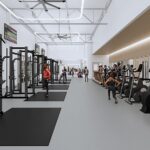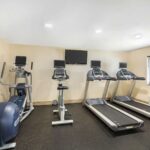I’ve spent years helping New Yorkers build sustainable habits that fit real city life—tight schedules, tiny kitchens, and all. Healthy living in New York City is absolutely possible when you embrace the city’s rhythm instead of fighting it. In this guide, I share strategies I’ve tested myself, backed by public health research and on-the-ground experience, to help you eat well, move more, manage stress, and feel at home in the healthiest version of your NYC life.
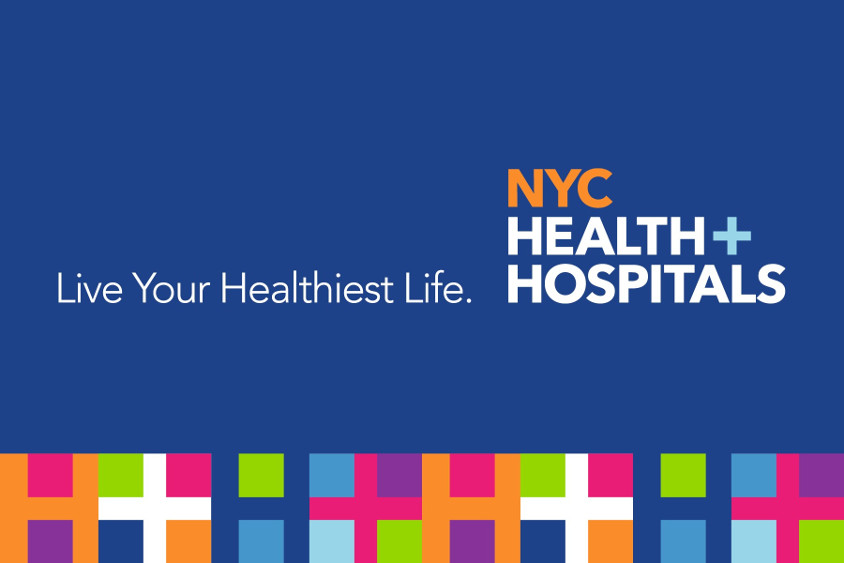
Source: www.nychealthandhospitals.org
What Healthy Living Means In NYC Today
Healthy living here isn’t about perfection; it’s about smart systems that survive busy weeks, subway delays, and social plans. I’ve learned that consistency beats intensity—walkable commutes, park workouts, and realistic meal routines add up.
Key realities to factor in:
- Density and walkability give you built-in movement, but long days can lead to inconsistent routines.
- Fresh, diverse food is everywhere, yet portion sizes and cost can derail goals without a plan.
- Parks and waterfronts are abundant, but weather and crowds require flexible options.
- Health resources are world-class, though appointment lead times and costs vary.
Evidence to keep you optimistic:
- NYC has extensive public green space across all five boroughs, associated with higher activity and lower stress in urban populations.
- Tap water meets rigorous safety standards and is among the highest quality in the country.
- Active commuting and access to transit are correlated with better cardiometabolic health in large city studies.
My take: tailor your plan to your neighborhood, commute, and energy patterns, and make your habits weather-proof and budget-aware.
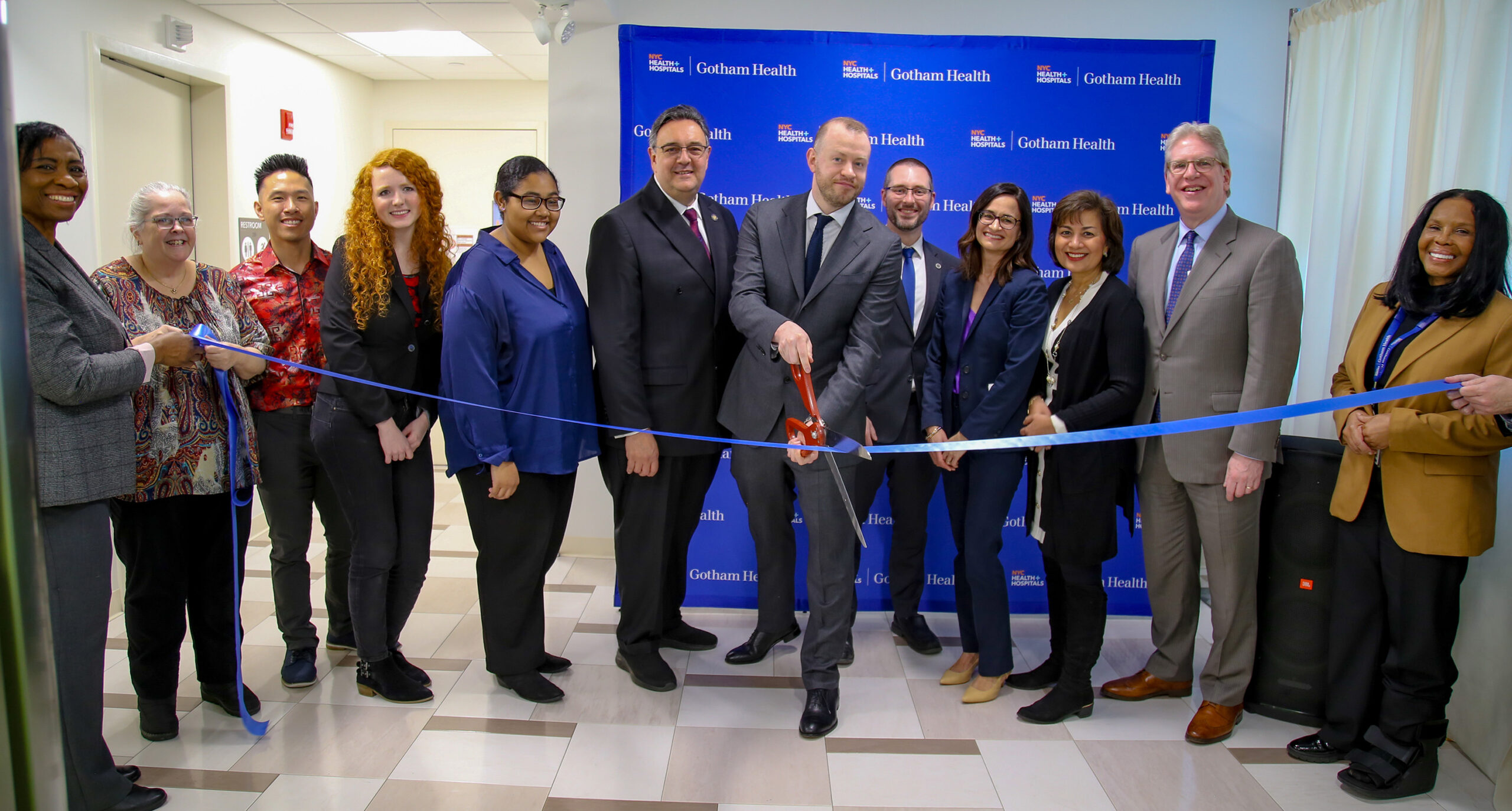
Source: www.nychealthandhospitals.org
Building A Balanced Routine Around The City’s Rhythm
I plan my health like I plan my commute—predictably, with backups. When I started aligning workouts with my subway schedule and packing breakfast the night before, everything clicked.
Daily anchors that work in NYC:
- Morning movement micro-block: 10 to 20 minutes right after waking to beat schedule chaos.
- Active commuting: walk at least one subway stop, take stairs, or add a bike segment.
- Prepped essentials: a protein-forward breakfast and a water bottle in your bag.
- Non-negotiable wind-down: screen-free 30 minutes before bed to counter city overstimulation.
Weekly structure I recommend:
- Two strength sessions: resistance bands or gym, 30 to 45 minutes.
- Two cardio days: brisk walks, runs, cycling, or dance class.
- One recovery day: yoga, mobility, or a long park stroll.
- One batch-cook session: build 3 to 4 mix-and-match meals.
Time-savvy hacks:
- Program “commute intervals”: walk fast between two stations or take the long crosstown route.
- Use app-based class waitlists and go with the first slot that pings near you.
- Schedule workouts like meetings; treat them as commitments, not maybes.
Real-life example: I pair a Tuesday strength session at a gym near the office with a Thursday waterfront run. On heavy weeks, I replace the run with a 25-minute stair-and-bodyweight routine at home so I don’t skip entirely.

Source: unitedwaynyc.org
Eating Well In A City Of Endless Choices
The food scene can either power you or drain you. I learned to build a default order at my go-to spots and keep a healthy “home base” in my fridge, so I don’t rely on willpower at 9 pm.
Smart sourcing:
- Greenmarkets: seasonal produce at 50+ markets citywide; arrive early for best variety.
- Affordable staples: ethnic grocers for spices, legumes, rice, tofu, and produce deals.
- Meal kits or local CSAs: reduce decision fatigue while increasing variety.
Ordering out without the regret:
- Choose lean proteins, veggies, and whole grains; request sauces on the side.
- Split large portions in half before you start, and box the rest for lunch.
- Swap sugary drinks for seltzer or tap water with lemon.
Apartment-friendly meal prep:
- Build bowls: base of greens or grains, add protein, roasted veg, healthy fat, and a punchy vinaigrette.
- 10-minute breakfasts: overnight oats, Greek yogurt with berries, or egg wraps.
- Freezer wins: soup packs, frozen berries, edamame, and pre-portioned proteins.
Evidence-backed nutrition notes:
- Fiber-rich diets in urban populations are linked to improved weight management and cardiometabolic health.
- Reducing ultra-processed foods correlates with better energy and mood stability.
Personal tip: I keep a “train snack kit” with almonds, a protein bar, and fruit. It’s saved me from countless impulsive slices and sugar crashes.
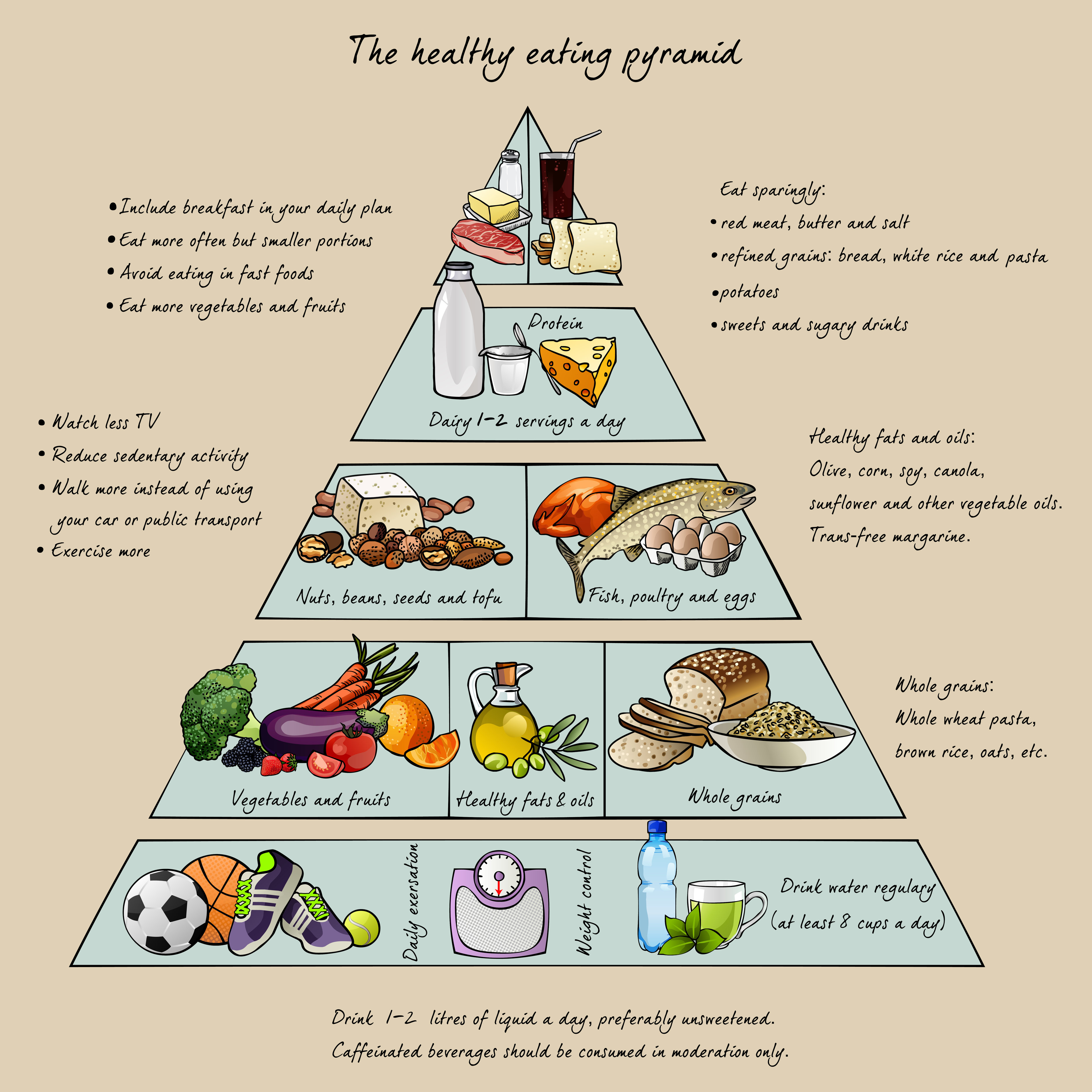
Source: discoveryeye.org
Fitness That Fits Small Apartments And Busy Streets
I’ve coached clients in studios the size of a walk-in closet. You don’t need much space—just a plan and a few tools.
Space-smart equipment:
- Resistance bands and a compact adjustable kettlebell or dumbbells.
- A mat and a door anchor for pull variations.
- A jump rope for quick cardio if neighbors allow.
Apartment-proof workouts:
- 20-minute strength circuit: squats, pushups, rows, hinges, core—3 rounds.
- Low-impact cardio: step-ups on a sturdy chair, shadow boxing, or marching intervals.
- EMOMs and AMRAPs: short, focused formats that fit between meetings.
Outdoor movement:
- Run or walk loops in your nearest park; use benches for step-ups and triceps dips.
- Citi Bike or personal bike for low-impact cardio; always use lights and a helmet.
- Free or low-cost classes pop up in parks seasonally—great for accountability.
Data-backed benefits:
- Short, high-intensity bouts improve cardiovascular health as effectively as longer steady sessions for many adults.
- Strength training twice a week supports bone density and metabolic health.
My go-to: a 25-minute EMOM with squats, pushups, kettlebell swings, and planks. If I can’t leave the apartment, that still checks the box.

Source: www.crainsnewyork.com
Mental Health, Community, And Nature In The Concrete Jungle
NYC energy is electric—and exhausting. I used to treat mental health as optional; now it’s foundational.
Daily mental fitness:
- Micro-meditations: 3 minutes on the train with headphones and a guided app.
- Sunlight within 60 minutes of waking for circadian rhythm support.
- Social micro-connections: chat with your barista or neighbor to boost mood.
Nature access that’s closer than you think:
- Waterfronts, community gardens, and pocket parks reduce perceived stress.
- Museum walks and libraries provide quiet, screen-free zones.
Community matters:
- Join run clubs, pickup games, or dance socials for built-in accountability.
- Volunteer for a cause; prosocial activity is linked to improved mental well-being.
Professional care:
- Therapist directories, telehealth platforms, and sliding-scale clinics expand access.
- Crisis lines and warm lines provide immediate support; save local contacts now.
Evidence snapshot:
- Urban green exposure correlates with lower anxiety and improved attention.
- Regular social interaction predicts better long-term mental health outcomes.
What helped me most: blocking a “nature hour” on Sundays—no phone, just a long walk on a tree-lined path. It resets my week.

Source: www.amazon.com
Smart Health Logistics: Healthcare, Safety, And Budget
Staying healthy here means mastering logistics. When I finally organized my care and budget, my stress dropped fast.
Healthcare navigation:
- Set annual screenings in one scheduling session and add calendar reminders.
- Use urgent care for minor issues; save ER for true emergencies.
- Telehealth for quick consults to avoid long waits.
Safety and air quality:
- Carry a small first-aid kit and a portable charger.
- Check air quality on high-smoke or high-pollen days; wear a mask during poor AQI.
- Reflective gear and lights for early or late workouts.
Budgeting for health:
- Prioritize a couple of high-impact memberships or classes; skip the rest.
- Use pretax commuter and HSA/FSA benefits if eligible.
- Compare pharmacies and generic options; prices vary widely.
Trustworthy infrastructure notes:
- City tap water meets strict safety standards and is routinely tested.
- Vision and street safety initiatives continue to expand protected bike lanes.
Pro tip: I batch pharmacy pickups and grocery runs after gym sessions on the same block—one outing, three wins.

Source: www.governor.ny.gov
Sustainable Habits: Make Healthy Also Planet-Friendly
In NYC, sustainability and health can reinforce each other. I found that eco-friendly swaps simplified my life.
Simple swaps:
- Refill tap water instead of buying plastic bottles.
- Choose walking, transit, or biking for built-in activity.
- Buy seasonal, local produce to boost flavor and reduce cost.
Waste-less eating:
- Plan 2 flexible meals that use up leftovers and herbs.
- Freeze half-batches to cut food waste and future stress.
- Bring a reusable container when you expect leftovers.
Clothing and gear:
- Opt for layers you can wear year-round.
- Repair or donate athletic gear; tap local buy-nothing groups.
Why it works:
- Active transport reduces emissions and increases daily movement.
- Seasonal produce tends to be more nutrient-dense and affordable.
What stuck for me: a weekly “fridge reset” night. I assemble a leftover bowl, freeze what I can, and plan three simple meals around what’s left.

Source: unitedwaynyc.org
Frequently Asked Questions Of Healthy Living In New York City
What’s the easiest way to start getting active in NYC?
Begin with a 20-minute daily walk tied to your commute or lunch break. Add stairs where possible and schedule two short strength sessions at home each week.
Is NYC tap water safe to drink?
Yes. NYC tap water is routinely tested to meet stringent safety standards. A simple home filter can improve taste if your building has older pipes.
How do I eat healthy on a budget with so many temptations?
Shop ethnic grocers and greenmarkets for produce and staples, cook in batches, and build a default “healthy order” at your favorite takeout spot to avoid decision fatigue.
Where can I work out if I don’t like the gym?
Use parks, waterfronts, and stairwells for bodyweight and cardio routines. Join free park classes seasonally or community run and walking clubs for accountability.
How do I manage stress in such a fast-paced city?
Schedule micro-breaks, get morning light exposure, anchor a weekly nature walk, and consider therapy or telehealth. Short practices done consistently make the biggest difference.
Is biking safe in NYC?
Safety improves with protected lanes and lights, but stay alert. Use a helmet, reflective gear, and lights, and choose routes with protected lanes when possible.
Conclusion
Healthy living in New York City is about rhythm, not rigidity. When you align simple systems with your neighborhood, commute, and energy, the city becomes your ally: parks as your gym, markets as your pantry, and sidewalks as your daily treadmill. Start with one anchor habit this week—maybe a 20-minute morning walk or a Sunday batch cook—and build from there.
If this guide helped, subscribe for more NYC-focused health strategies, share your wins in the comments, and pass this along to a friend who needs a practical nudge. You’ve got this—one block, one bite, one breath at a time.
Watch This Video on healthy living in New York City



